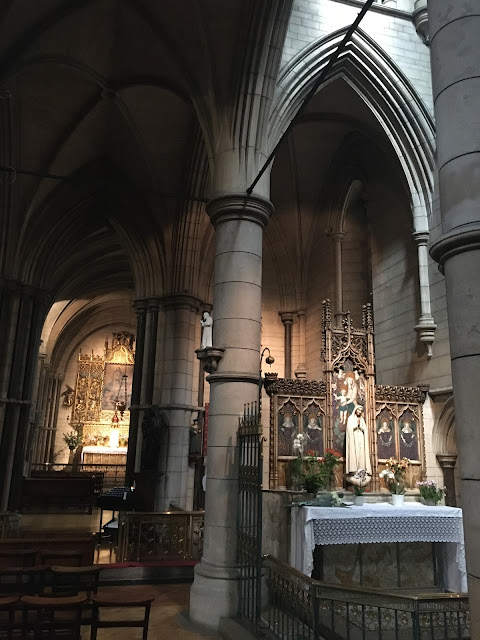Yesterday and a trip along the picturesque and busy Mid-Wales line to Builth deep in the Le Pays de Galles Profonde, and day 3 of the annual Royal Welsh Show. Our first visit and my first visit to an agricultural show in years - as a child there were trips to the Lincolnshire show and the East of England Show and, possibly, the Royal Norfolk Show. The overcast sky and then the rain did little to dampen our curiosity, and we did a lot of walking. Fascinating in themselves, these events are far more importantly integral to rural life - farming can be a rather lonely way of life, and agricultural shows, like market days, are a means of connecting the farming community. They are also a concrete example of the Enlightenment and the Agricultural Revolution in which competition was used as a means of improving animal husbandry.
The Royal Welsh is also an important social event in the life of Wales as a whole and indeed the rest of the UK with competitors coming from all the home nations. It was, as you can image, very busy, and a first visit can be a little overwhelming as there is so much to see - countless trade stands, events and most importantly the competitions.
The Royal Welsh is also an important social event in the life of Wales as a whole and indeed the rest of the UK with competitors coming from all the home nations. It was, as you can image, very busy, and a first visit can be a little overwhelming as there is so much to see - countless trade stands, events and most importantly the competitions.
Growing up in a small Lincolnshire market town in the late Sixties & early Seventies there was a weekly cattle market. Sadly, these local markets have now, by and large, been closed and the increasing urbanisation of the UK, the growth of supermarkets, and the urbanisation of culture generally has led to more of a distance between country and town. Events such as The Royal Welsh are a very important way to link these two communities. No farmers, no food.








